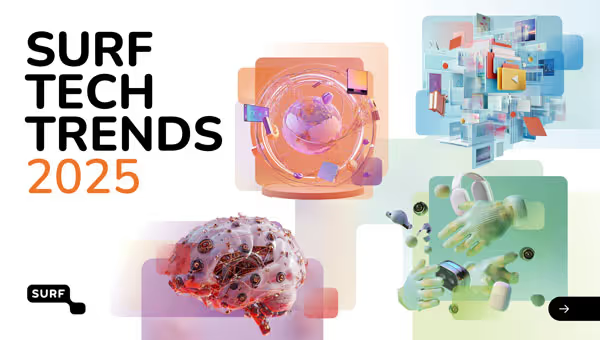
Since ChatGPT became available and accessible for widescale use in 2022, large language models (LLMs) have gained massive worldwide traction. For example, ChatGPT reached 1 million users in just a few days after its launch, prompting more diversified access to LLMs and acted as the catalyst for AI to be increasingly part of many daily workflows. Access to AI is facilitated by browser-based tools (ChatGPT, Claude, and DeepSeek) as well as integrations in services and products from vendors like Google (e.g. Docs) and Microsoft (e.g. Co-pilot, Outlook).
Business models range from freemium tiers to pay-per-use APIs. Users now have the option to choose between cloud-based AI solutions or smaller, lightweight models running locally. Concurrently, open-source initiatives have contributed to the varied access to and democratisation of LLMs and tools. This development is reshaping how we write, code, research, and interact with AI, and even each other.
Automation & AI; Engineering advances & computation; Energy supply & power demand; Raw material scarcity